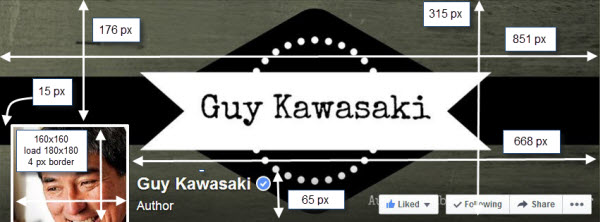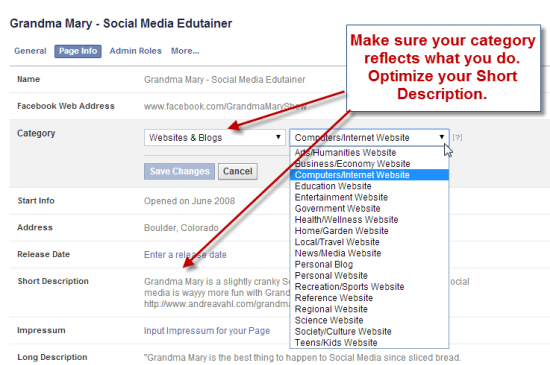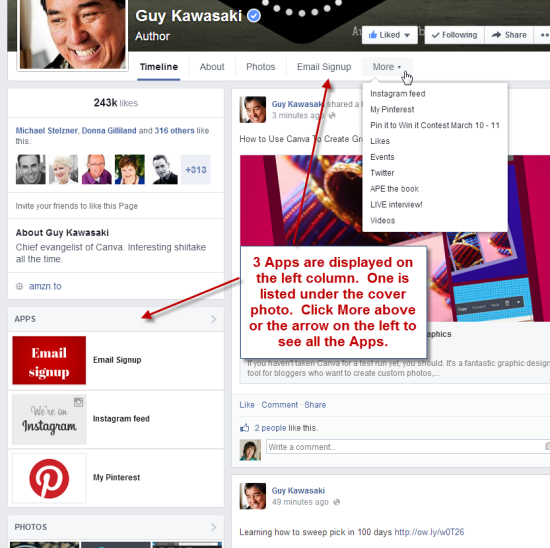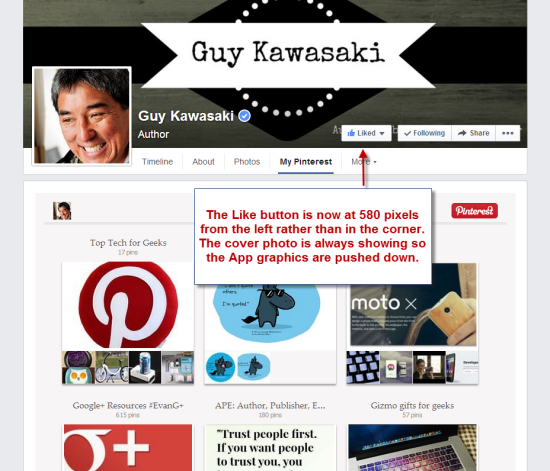We share this from a post by
MDG Advertising has created an infograph highlighting the key stats around YouTube advertising.
“The video platform draws 1 billion unique users each month and its ability to catch and keep attention has brought in brands eager to reach those captive consumers,” says the MDG blog post.
“It’s an eye-opening look at the value of video advertising and illustrates why brands should use YouTube in their social media marketing efforts.”
According to the infograph, marketers are planning to spend $4.14 billion on the medium this year and that will increase to $8 billion by 2016.
It cites examples of campaign success on YouTube, stating the popularity of Old Spice’s ‘The Man Your Man Could Smell Like’ advert on the platform spawned an 800 per cent leap in Facebook interaction and a 107 per cent rise in sales.
Additionally, the top 1000 channels on the platform will bring in $23,000 every month in ad revenue.
The full infographic provides a wide range of statistics about YouTube’s growing popularity and the way in which marketers and brands can expand their social media efforts by leveraging the influence and exposure of the site.
MDG Advertising has created an infograph highlighting the key stats around YouTube advertising.
“The video platform draws 1 billion unique users each month and its ability to catch and keep attention has brought in brands eager to reach those captive consumers,” says the MDG blog post.
“It’s an eye-opening look at the value of video advertising and illustrates why brands should use YouTube in their social media marketing efforts.”
According to the infograph, marketers are planning to spend $4.14 billion on the medium this year and that will increase to $8 billion by 2016.
It cites examples of campaign success on YouTube, stating the popularity of Old Spice’s ‘The Man Your Man Could Smell Like’ advert on the platform spawned an 800 per cent leap in Facebook interaction and a 107 per cent rise in sales.
Additionally, the top 1000 channels on the platform will bring in $23,000 every month in ad revenue.
The full infographic provides a wide range of statistics about YouTube’s growing popularity and the way in which marketers and brands can expand their social media efforts by leveraging the influence and exposure of the site.
















 Can you tell me a bit more about the test and participants?
Can you tell me a bit more about the test and participants? 





